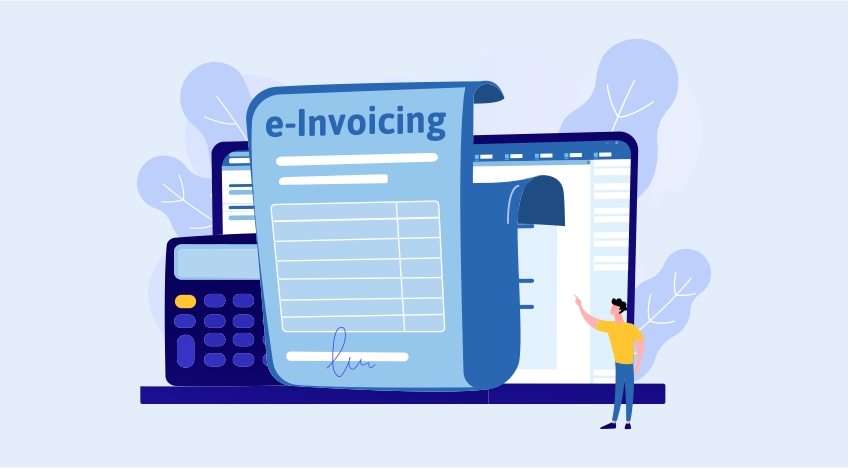In this Befree blog, we clearly and concisely explain the process for issuing, sending, and registering an electronic invoice in Spain. The electronic invoice is the digital version of a paper invoice, with legal validity, facilitating business management and ensuring its authenticity through recognized electronic signatures.
Who Is Required to Use Electronic Invoicing?
With the upcoming regulatory implementation (initially scheduled for July 1, 2025, but subject to possible changes), all businesses and self-employed professionals in their B2B transactions will be required to use electronic invoicing. This requirement does not apply to transactions with end consumers (B2C).
Steps to Issue an Electronic Invoice in Spain
1. Obtain a Digital Certificate
To electronically sign invoices, you need a digital certificate recognized by the Spanish Tax Agency (Agencia Tributaria). You can obtain it through the Spanish Royal Mint (FNMT-RCM) at: https://www.fnmt.es/.
2. Generate the Electronic Invoice
Use billing software compatible with the XML format and the Facturae schema. The invoice must include:
- Issuer and recipient identification
- Date and place of issuance
- Total amount and applicable taxes
It is essential that electronic invoices include a unique alphanumeric code and a QR code to ensure traceability and regulatory compliance. To achieve this, it is necessary to use billing software compatible with the Facturae format, which not only allows the generation of these codes but also facilitates integration with VERI*FACTU, ensuring proper communication with the Spanish Tax Agency.
To generate invoices following the Facturae standard, you can download the application from: https://www.facturae.gob.es/formato/Paginas/formato.aspx.
3. Sign the Invoice Electronically
Sign the invoice with your digital certificate to ensure its authenticity and legal compliance.
4. Send the Invoice to the Spanish Tax Agency via VERI*FACTU
Electronic invoicing for B2B transactions must be sent to the Spanish Tax Agency (AEAT) through VERI*FACTU, ensuring transparency and regulatory compliance.
Steps to Register in VERI*FACTU
- Access the VERI*FACTU portal on the Spanish Tax Agency’s website.
- Complete the registration form with your personal or business details and attach your digital certificate.
- Verify your identity using the digital certificate.
- Configure your billing software for integration with VERI*FACTU.
- Register and submit invoices. A unique identification code (CIF) will be assigned to each invoice.
- Download the invoice in PDF and XML format.
5. Send the Invoice to the Client
You can send it via:
- Email: Attaching the invoice in PDF and XML format.
- Client’s Web Portal: Uploading the invoice to the client’s invoice reception system.
- Exchange Platform: If both parties use an electronic invoice exchange system.
6. Store the Invoices
Electronic invoices must be stored for at least four years, ensuring accessibility and security in case of audits or inspections.
Conclusion
Electronic invoicing optimizes the billing process for businesses and self-employed professionals, ensuring legal compliance and reducing tax fraud. Following these steps will guarantee a smooth transition to digital invoicing in Spain.






